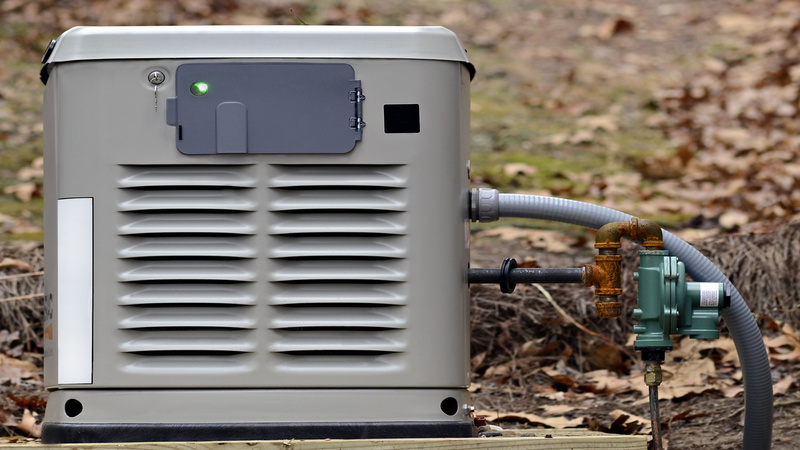Not long ago, pills were packaged in bottles. In fact, many pills still come in bottles today, but we see a great deal more plastic blister packs in use. The packing is sophisticated and even undergoes a blister leak test to check its integrity. Why are companies spending more time and money on this packaging than simply placing pills in bottles? Let’s look a little closer to see.
What are Blisters?
Blister packs get their name because they resemble common blisters people get from burns or wounds. Blister packing is used for drugs and other products like tools and toys.
Blister packs have two layers. The backing is usually made from aluminum foil and the cover (made from plastic). Custom dies are formed by CNC machines, and they will form the blisters on the packages. The die fits on a thermoforming machine, and a large roll of PVC plastic film also feeds into the machine. The film goes through an oven to heat it, and the machine raises the die, striking the film and making the blister impressions. The film then rapidly cools under refrigerated plates.
Pills enter the machine through a hopper and with special brushes and conveyors one pill falls into each blister impression. The backing or lidding material feeds into the system with the blisters and a press heats and seals them together. A blister leak test is next.
Testing
Blister packs must be tested to make sure that moisture cannot penetrate them. Some companies use a blue dye Blister leak test. The technician places sealed blister packs in a machine that has blue liquid dye. It applies a vacuum and then releases the pressure. If there are leaks, the dye will penetrate the packaging.
Blue dye methods are being replaced with mass flow Blister leak test systems. They use accurate and sophisticated technology to measure the tiniest amounts of air flow.



